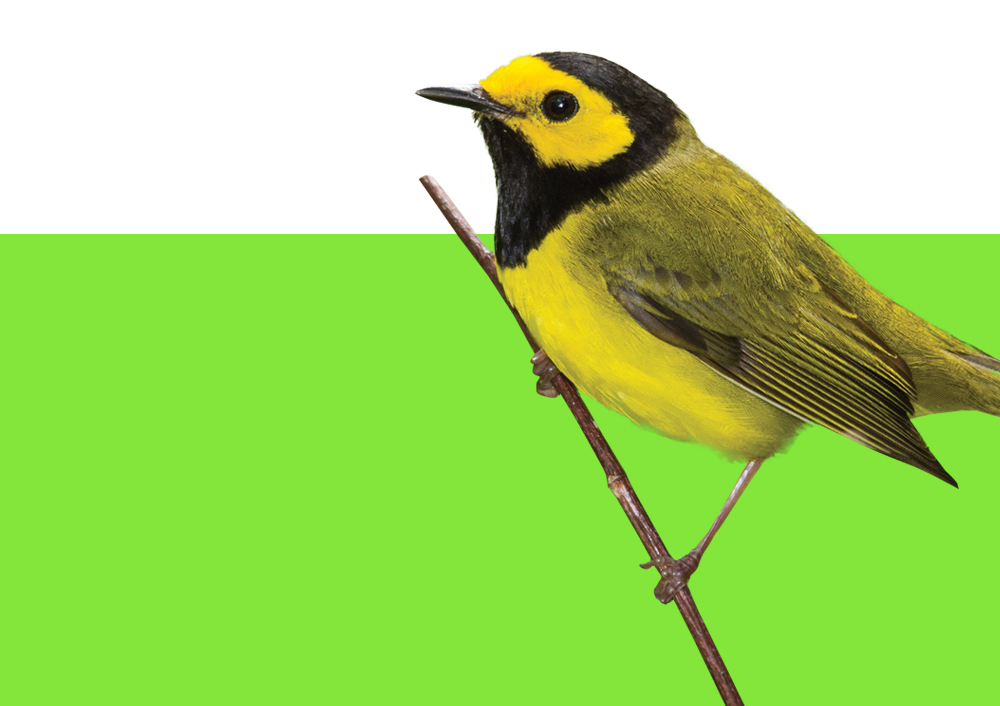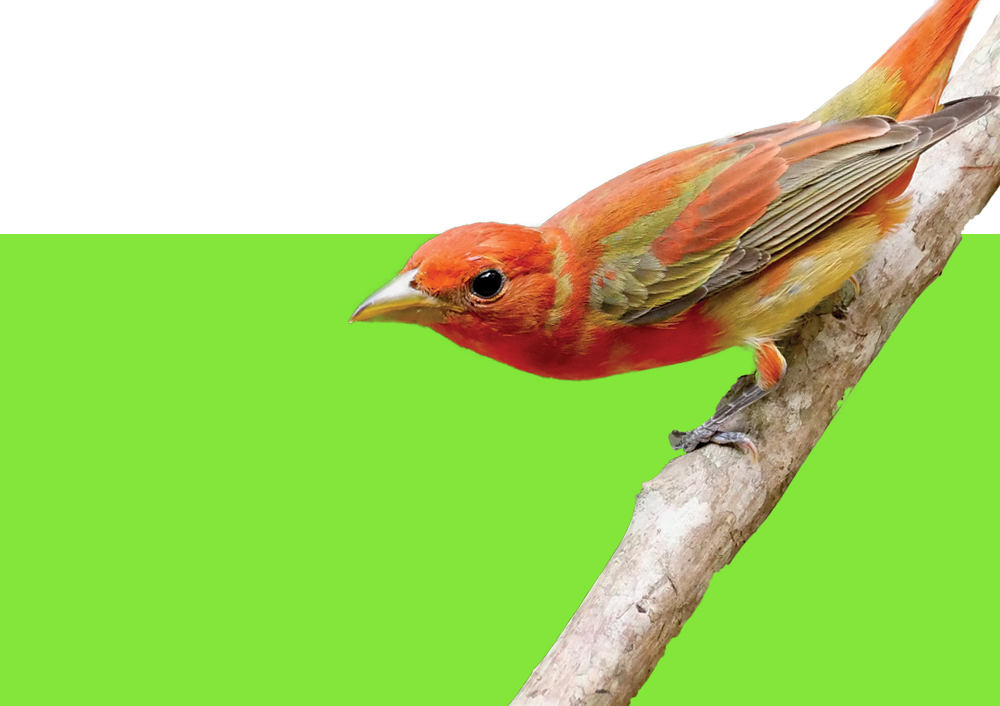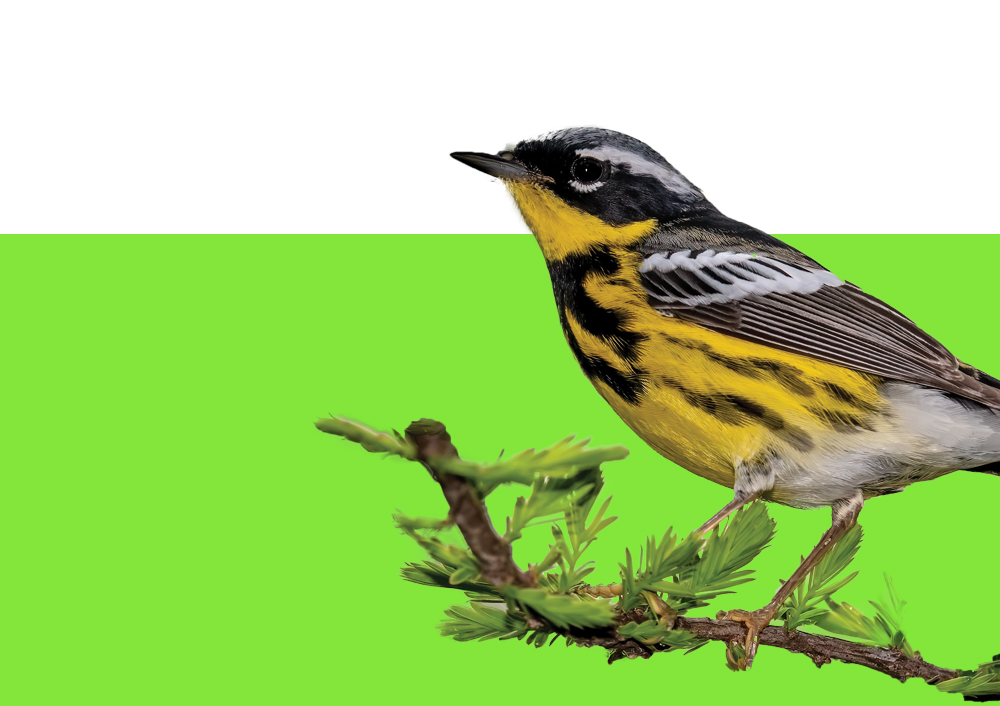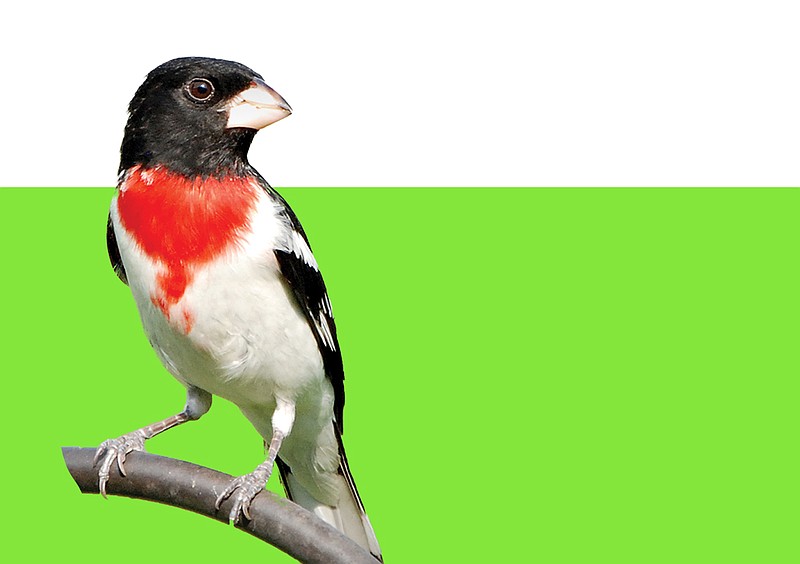Fall migration sees greater numbers than spring migration — but birds are trickier to identify, says UTC ornithologist David Aborn
Each spring, warblers, grosbeaks and tanagers arrive in Chattanooga, with their brightest colors and cheeriest songs, in search of mates.
When it comes to nature's great events, spring migration steals the spotlight. But fall migration actually has a greater number of birds, says David Aborn, ornithologist and assistant professor at University of Tennessee at Chattanooga.
"In addition to the adults, now you've got all the offspring moving with them," he says.
 Getty Images / Hooded Warbler
Getty Images / Hooded Warbler
However, identifying fall migrants can be more difficult. The birds molt, losing their colorful breeding plumage, and they begin to call more than sing.
"One little 'chit' note sounds like any other little 'chit' note, unless you're really experienced," Aborn explains.
But he does have some tips to help with fall bird identification.
For staters, he says, learn about bird behavior — the unique ways that a species moves, flies or feeds. For example, vireos and finches are similar in size, but the vireo feeds by creeping through leaves, while the finch perches and crushes seeds, according to the Cornell Lab of Ornithology's online guide, "All About Birds."
Additionally, Aborn recommends finding local bird walks to join and getting out with experts.
"Like all birding, practice makes perfect," he says. "There is no substitute for repetition."
 Getty Images / Summer Tanager
Getty Images / Summer Tanager
Where to Watch
Fall migration begins in mid-August and peaks in September. Here are three birding hot spots that Aborn recommends:
- Cravens House. This Civil War landmark and its adjacent loop trail is located on a shelf-like ledge on Lookout Mountain. "Instead of trying to see birds by looking up through branches, you can look down into the trees," Aborn says. Point Park Visitor Ctr., Lookout Mountain; free admission
- Reflection Riding Arboretum and Nature Center. This 300-acre nature center regularly hosts bird walks led by local experts. To see upcoming events, visit reflectionriding.org. 400 Garden Road; suggested $15 donation
- Audubon Acres. Located along South Chickamauga Creek, with a mix of open meadows, pines and hardwood forests, the sanctuary helps support a variety of migrating bird species. 900 N. Sanctuary Road; $6 per adult, $5 per student or senior, $3 ages 5-12, free for children under 5
 Getty Images / Magnolia Warbler
Getty Images / Magnolia Warbler
How to Support Migratory Birds in Your Backyard
- Plant native species. During migration, birds need high-protein diets. While birds will eat berries from exotic species such as box honeysuckle, research shows that these berries do not provide adequate nutrition, Aborn says. Instead, grow native, bird-friendly bushes and flowers, such as American elderberry, purple coneflower and dogwoods.
- Make your windows less reflective. Millions of birds die each year as a result of window strikes, according to the American Bird Conservancy. The organization recommends applying visible markings to your windows using paint, tape or certain types of curtains or blinds. Learn more at abcbirds.org.
- Keep your cats inside. A 2013 study found that domestic cats kill an estimated 1.2 billion to 4 billion birds in the U.S. each year.
